Ropes, Cables & Catwalks, OH MY! Things to watch for in your cattle equipment.
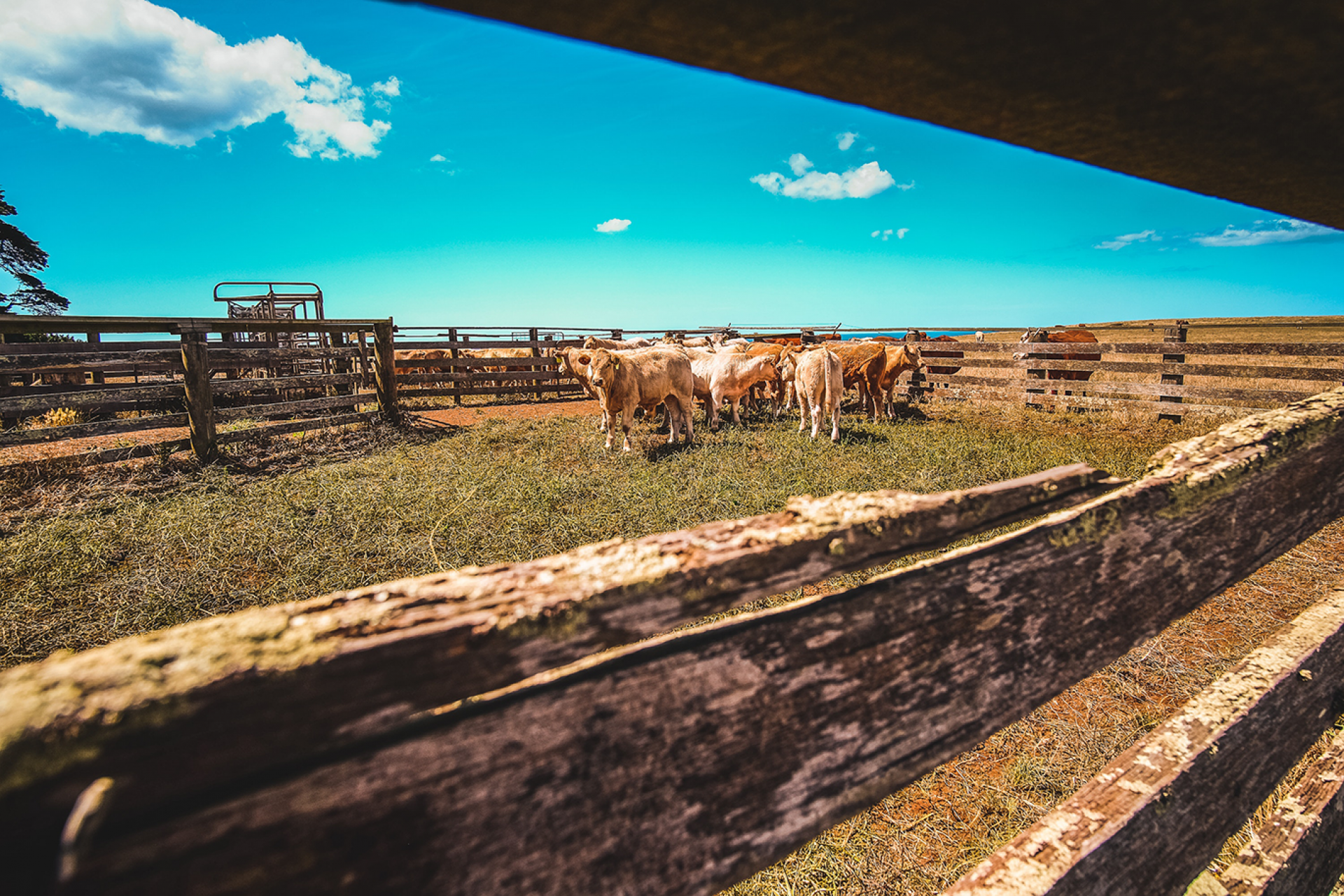
Close Inspection: Things to Watch for in Cattle Equipment
Cattle handling equipment plays a key role in every operation as livestock require veterinary care and routine health checks. It is important to select equipment and latches that will minimize risk to cattle and handlers. Each system has advantages and disadvantages. Safety for cattle and handlers is also paramount in maintaining any size operation.
Multiple experts, including those at Kansas State University Extension state that equipment should be designed for the job you are using it for, and safe equipment should be considered an investment, not a luxury. Adapting equipment designed for another purpose can lead to accidents or injury for cattle and handlers, and isn't recommended.
Dr. Temple Grandin of Colorado State University is an internationally recognized expert in cattle handling and movement. She cites these major distractions for cattle on her website:
- "Sparkling reflections on puddles,
- Reflections on smooth metal,
- Chains that jiggle,
- Metal clanging or banging,
- Clothing hung on a fence,
- Fan blade movement, when the fan is off,
- Piece of plastic that is moving, and
- Small object on the floor - such as a coffee cup.À
The list on her website goes into more detail, but as you see, there are a myriad of common ranch scenarios that can startle cattle and create unsafe situations when you're moving or working with cattle in the chutes and alleys. Flight zones of cattle vary based on their genetics and how they were raised, and further affects behavior.
Cattle move best from dimly lit to brighter areas. Make sure the sunlight or spotlight isn't directly in their eyes as their moving through the handling area though. Cattle move better uphill. If your handling area isn't on flat ground, place your equipment headed uphill.
All cattle handling areas should be free from clutter and unnecessary equipment and materials. Steel is the best material for manufacturing gates, alleys and chutes. Curved chutes and covered sides or panels will improve cattle movement. Sharp corners on fences and equipment can cause bruising and injury. Smooth surfaces and round pipes are ideal. Consider padding the bottom of gates with rubber to prevent injury and minimize noise.
Little things such as loose baling wire or broken boards can be hazardous according to the experts. Loose objects such as ropes or cables can cause a few problems. Cattle or handlers could get caught on the rope or cable and injured. If it's a breezy day, or the rope or cable flaps at all, or makes noise, it can scare cattle, making handling more challenging and potentially causing injury to the livestock or handlers. Animals may end up watching activity rather than moving in or out of a chute, alley, or holding area.
Check all equipment over with a routine safety check before you begin moving cattle. All gates and latches should be in proper working order. Grease where appropriate, and tighten nuts and bolts. Baling wire and cables were not designed to secure cattle and shouldn't be used on gates or headlocks. Use latches designed for the weight and pressure of cattle.
Changes in color and texture cause cattle to balk. Look for anything that wasn't there the last time the cattle were in the area. If possible, remove new objects to enhance cattle flow and decrease stress.
Arrowquip engineers and designs our equipment based on five main principles of cattle behavior that have been verified by science:
- Cattle want to see you
- Cattle want to go around you
- Cattle want to be with and will go to other cattle
- Cattle want to return to where they have been
- Cattle can only process one main thought at a time
All Arrowquip products are built to adhere to animal science and welfare best practices, and we put a great deal of research and effort into the product decisions we make. Our equipment is designed to optimize the safety of handlers and livestock, and the control that livestock handlers have over cattle.
As you design or renovate your cattle handling area, look at the setup from a cow's eye view and strategize how to minimize risk. Extra investment in safety and high-quality materials will minimize future accidents.
HOW TO HANDLE CATTLE USING THE PRESSURE ZONE SELF VS. MANUAL CATCH - WHICH WINS?
References:
http://www.ag.auburn.edu/~schmisp/safety/handling.htm
http://www.ag.auburn.edu/~schmisp/safety/beef.htm
http://www.grandin.com/behaviour/principles/principles.html
http://www.grandin.com/behaviour/principles/preventing.html
http://www.grandin.com/references/acclimate.cattle.horses.html
https://www.agriculture.com/livestock/cattle/beef/12-tips-f-hling-cattle-easily-safely_277-ar47469
https://www.farmingmagazine.com/bits-and-pieces/safety/handling-cattle-safely/
https://www.dairynz.co.nz/media/1303565/safe-cattle-handling.pdf
About the Author
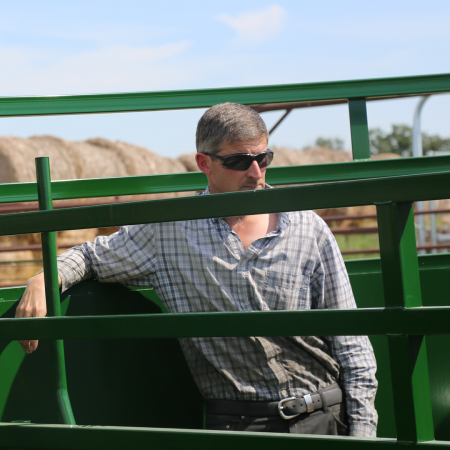
Steve Langrell
Steve Langrell is Arrowquip's resident cattle handling expert. Known within inner circles as our "Ma...More Information on Steve Langrell
Email Steve Langrell: steve.langrell@arrowquip.com


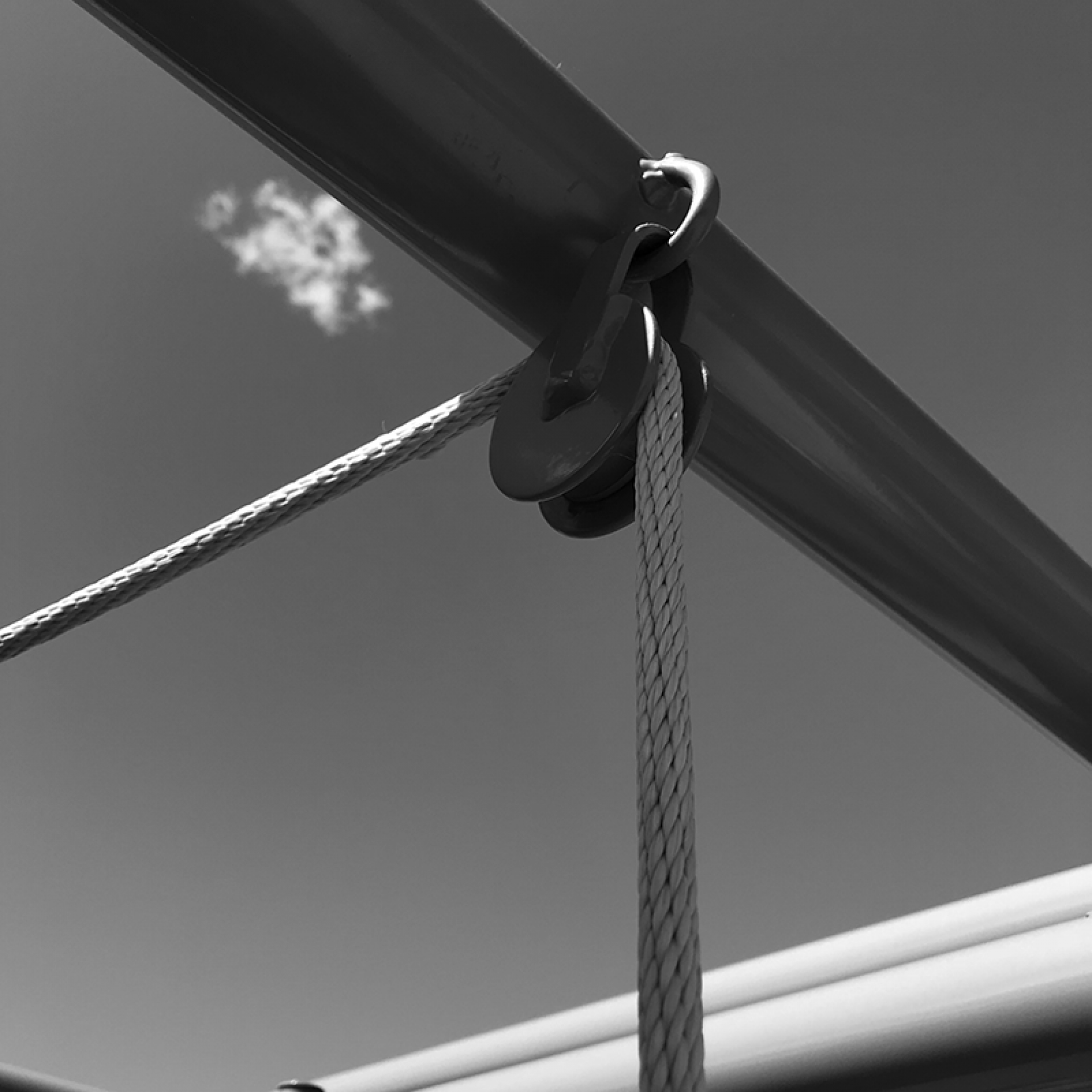
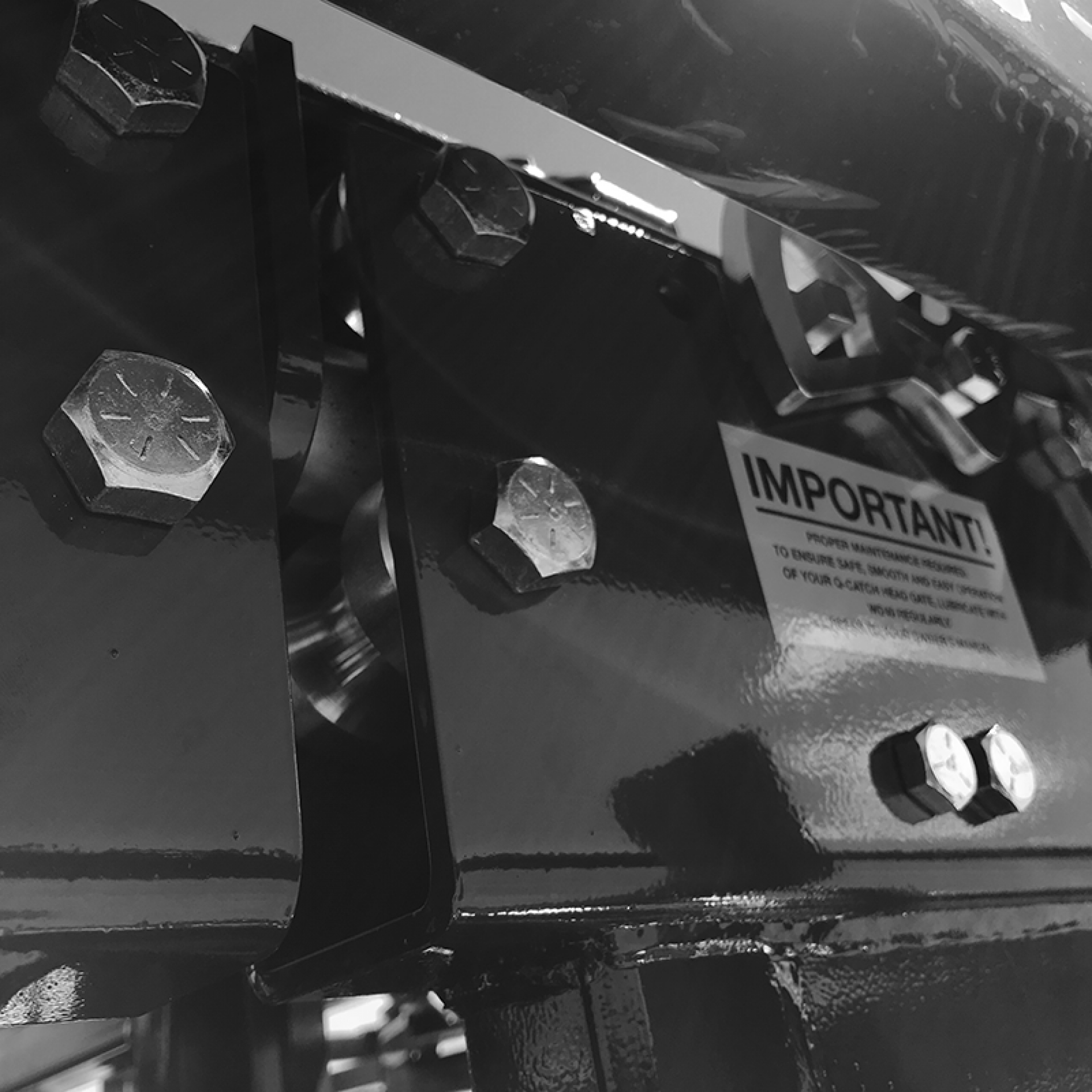
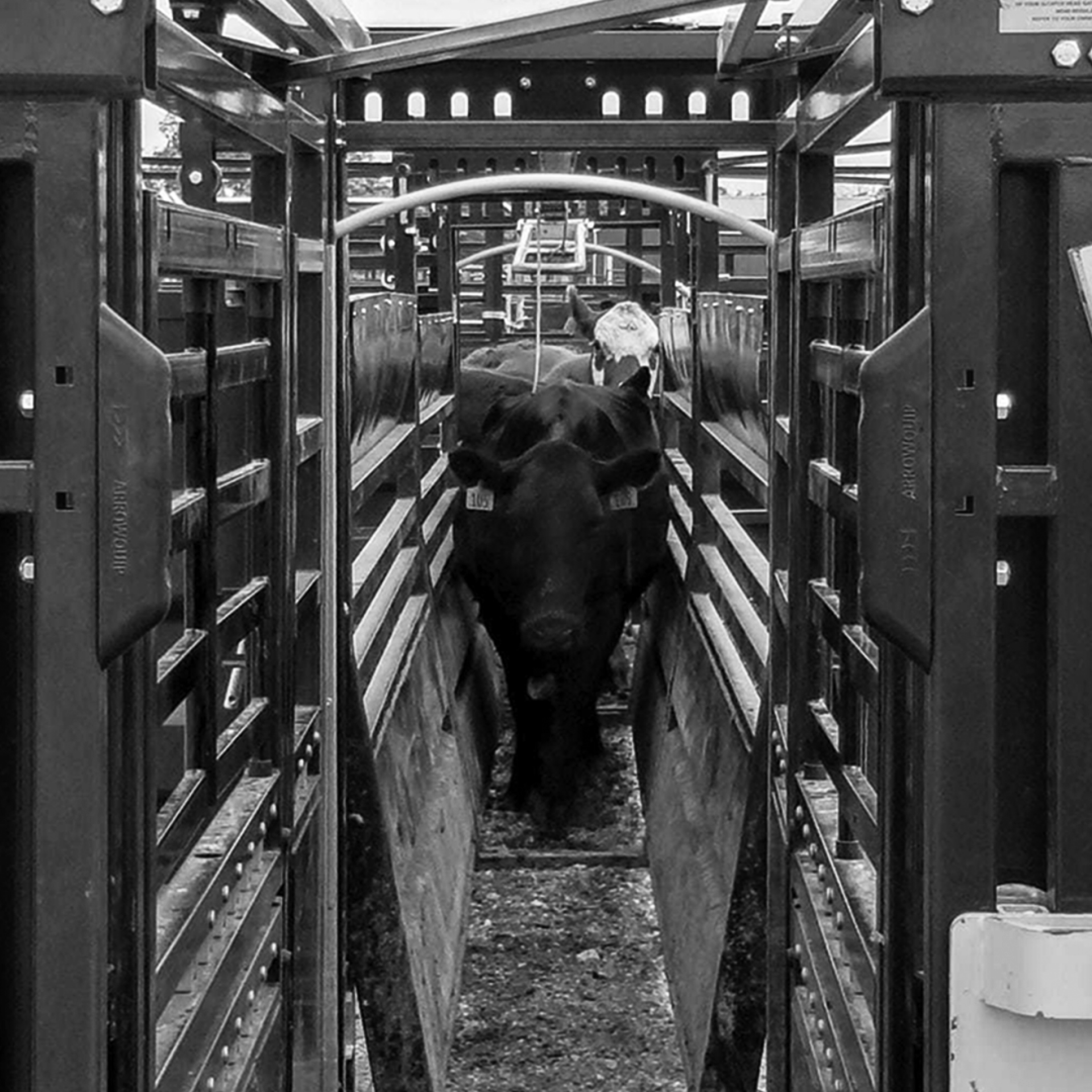
Comments
Join the Discussion
Comments